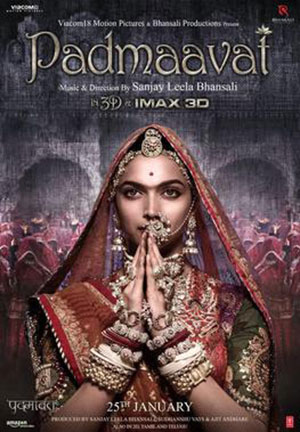ARE you the kind of writer who comes up with the title of the work last, when all the writing and editing is finished? Are you the kind of writer who starts with the title first – fully formed in your mind – and then use that as the starting point from which the rest of the story develops?
Maybe you’re the writer who lets his/her friends and colleagues decide on the title? Maybe the title of the work changes a good four or five times before one is decided upon. Whatever one’s relationship with titles is, there is no doubt that the names we give to our literary works are among the most important words that any writer can write.

On the most fundamental level, a title is a marker, your personal stamp (besides your name) that you attach to your work. The naming process is very important (as any parent can tell you) and deciding on what you want your work to forever be known as is a powerful thing – that comes with very vital consequences.
A title that is insensitive, misleading or inartistically crude can attach those same descriptions to the author. We are, in a sense, what we create. So, a brilliant poem or novel can be painstakingly written, but with the wrong title, it might never find its way to a publisher’s desk. A title is an invitation for someone to take a look at not only your work but also, to observe and get to know, the creator of the work.
The title lets your reader know what the work is all about. Titles are supposed to capture, whether in essence or in summary, the entirety of the work that you are presenting to the world. For this reason alone, titles need to be carefully thought out. In addition to this, the writer also needs to consider a title that will appeal to the readers.
How will the title capture the reader’s attention? How do I ensure that the title is not boring? How can the title be used as a marketing tool? What title can I use that’s fresh, original and does not bear resemblance to another that already exists? These and more are the sorts of questions writers and other artists are meant to ask themselves as they contemplate ending a piece of work and readying it for the rest of the world. However, while there is merit to these questions, there is often one important aspect of title-creation that is often ignored, especially by younger and newer writers: how can the title add to the artistic depth of the work?
Titles do not exist in isolation from the work they introduce. They are, in fact, very much a part of the body of text that is created. The important thing to consider here is how to formulate a label for your creative work that not only complements the work but also adds to the artistry of it. The title itself might be considered a work of art.
How does “A Thousand Years of Solitude” lend itself in the analysis of the book? What about Derek Walcott’s “Dream on Monkey Mountain” or Martin Carter’s “Poems of Resistance”? Let us take a more recent example: the recently released “Padmaavat” – a Bollywood film, based on a historical poem of the same name, directed by Sanjay Leela Bhansali and starring Deepika Padukone, Ranveer Singh, and Shahid Kapoor.
“Padmaavat” was first titled “Padmavati” and had garnered much controversy prior to its release from Hindu fundamentalist groups who took offence at the thought of a Rajput queen engaging in a romance with a Muslim emperor. No such thing happens in the movie, apparently, but the controversy and threats of violence probably contributed to the change in the name of the film from “Padmavati” to “Padmaavat.” By shifting the focus from the director’s choice of feminine “Padmavati” to the original title, “Padmaavat”, one can interpret the clear change of focus from the queen back to the poetic source material.
Why would this change pacify the rioters and protesters? And, more importantly, why didn’t the director use the original title in the first place? Both of these questions can be boiled down to artistry and artistic vision. It is possible that the director feminised the title because he wanted his film to be about the heroine, the woman at the centre of it all.
Perhaps he wanted to try and tell the story of this fabled queen and changed the title to make it fully hers. In this way, the title is as much a part of the film (the text) as any of the dialogue or actors. The title of the film would have aided in the creation and development of the director’s artistic vision and the artistic content of the film by allowing the viewers to understand whose film it is, whose story is being told, and why there is a need to put so much focus on the woman.
However, the change in title and the going back to the ancient title of the source material might be interpreted as an attempt to shift attention away from the queen – and one of the side effects of this is the depletion of the added artistic content that came with the original title chosen for the film. In this example, we do see how titles, like all other forms of art, can be controversial in themselves, but we also see how much a title can add to a piece of work.
It is strange to think that titles, which many people pay little or no attention to, can add artistic value to a work – but to think that titles only exist as a way by which one can refer to a poem or story or book is almost the same as suggesting that we give our children names so they have something to answer to when we call them. Names and titles are important. They add depth, value, and meaning and, more often than not, reflect our own hopes, desires, needs, and artistry.



.jpg)








